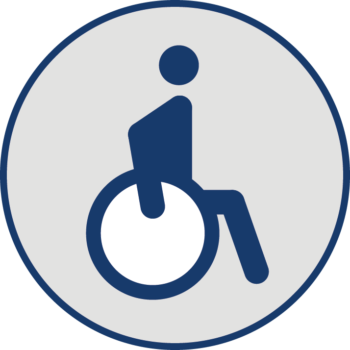Door automation is a means of opening a door automatically so that the user does not need to touch the door in order to gain access.
Scroll to learn more
Automatic doors are useful in a huge variety of settings for many different reasons. One of the most common reasons for installing them is to improve accessibility and mobility in a building. For wheelchair users or other people whose mobility is restricted (such as those who are disabled, elderly, pushing a pram, or carrying heavy loads), an automatic door makes getting into and around a building significantly easier.
Hygiene is also a common factor. Imagine how many people touch a door handle in a busy building every day. In environments where hygiene is a priority, such as hospitals, laboratories, and care homes, automatic doors can eliminate the risk of contamination through the sharing of surfaces.



There are many different types of automatic doors, which are each suited to particular environments and building types.
There are three main types of automation for doors. Deciding which one is appropriate for a project depends on the security requirements, user needs, and physical environment where the door is installed.
DIGIWAY is a flexible and reliable automation solution for swing doors.
Fully customisable and with remote smartphone-assisted programming, DIGIWAY makes installation and maintenance easy. A flexible solution, DIGIWAY door operators can be installed on both single and double doors, as well as on internal and external doors.
There are two versions of DIGIWAY operators: the Plus and the Spring Return. It’s important that you choose the right type of door operator for your project.